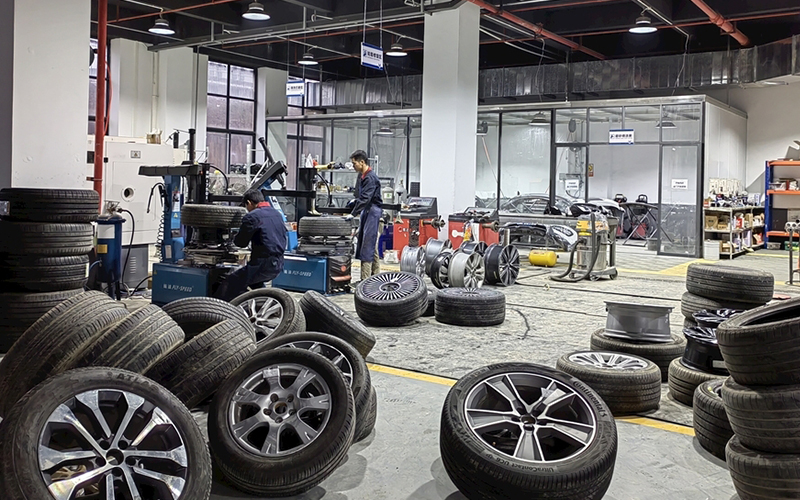When driving on slick or icy roads, it’s not uncommon for a vehicle’s rear wheels to lose traction and start to skid. This can be a scary experience for any driver, but it’s important to remain calm and take the appropriate actions to regain control of the vehicle.
If a driver feels their rear wheels start to skid, they should first take their foot off the gas pedal and avoid slamming on the brakes. Instead, they should turn their steering wheel in the direction they want the front wheels to go and gently apply the brakes if necessary. It’s important to remember not to overcorrect or make any sudden movements, as this can cause the vehicle to spin out of control.
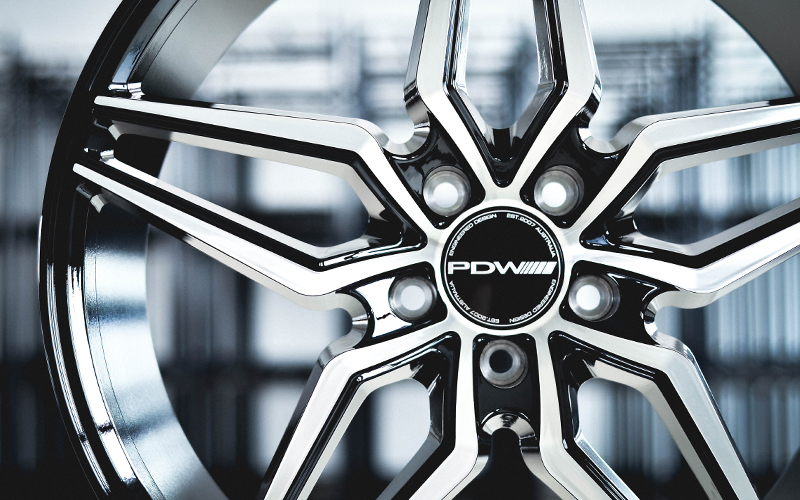
In addition to these actions, drivers can also take preventative measures to reduce the likelihood of their rear wheels skidding. This includes maintaining a safe speed for the road conditions, avoiding sudden turns or lane changes, and ensuring their vehicle’s tires are properly inflated and have adequate tread depth. By being prepared and knowing what to do in the event of a skid, drivers can help keep themselves and others on the road safe.

Understanding Rear Wheel Skids
When driving on slippery or wet roads, the rear wheels of a vehicle can lose traction, causing the vehicle to skid. Rear wheel skids can be dangerous if not handled properly. Understanding the causes and signs of a rear-wheel skid can help drivers.
Causes of Rear Wheel Skids
Rear wheel skids can be caused by a variety of factors, including:
Excessive speed: Driving too fast for the road conditions can cause the rear wheels to lose traction and skid.
Sudden braking: Slamming on the brakes can cause the rear wheels to lock up and lose traction.
Oversteering: Oversteering can cause the rear wheels to lose traction and skid.
Underinflated tires: Tires that are not properly inflated can affect the handling of the vehicle and cause the rear wheels to skid.

Signs of a Rear Wheel Skid
There are several signs that a driver can look for to determine if their vehicle is experiencing a rear-wheel skid:
1.The rear of the vehicle starts to slide sideways.
2. The steering wheel becomes unresponsive.
3. The vehicle starts to spin.
If a driver experiences any of these signs, they should take the following steps:
1. Ease off the accelerator.
2.Steer in the direction of the skid.
3.Do not slam on the brakes.
In conclusion, understanding the causes and signs of a rear wheel skid can help drivers take the necessary steps to prevent them. By following these steps, drivers can maintain control of their vehicle and avoid potentially dangerous situations.

How to React to a Rear Wheel Skid
When driving, there is always a risk of losing control of the vehicle. One common situation that can cause a driver to lose control is a rear wheel skid. In this section, we will provide some tips on how to react to a rear wheel skid.

Step 1: Stay Calm
The first thing to do when experiencing a rear wheel skid is to stay calm. Panicking will only make the situation worse. The driver should keep their eyes on the road and try to remain focused on what they need to do.
Step 2: Turn into the Skid
The next step is to turn into the skid. This means that if the rear of the car is sliding to the left, the driver should turn the steering wheel to the left. This will help the car regain traction and straighten out.

Step 3: Ease off the Accelerator
When a car is skidding, it is important to ease off the accelerator. This will help the car slow down and regain control. However, the driver should not slam on the brakes, as this can cause the car to skid even more.

Step 4: Apply Brakes Gently
Finally, the driver should apply the brakes gently. This will help the car slow down and come to a stop.
However, the driver should be careful not to apply the brakes too hard, as this can cause the car to skid.
In summary, if a driver experiences a rear wheel skid, they should stay calm, turn into the skid, ease off the accelerator, and apply the brakes gently. By following these steps, the driver can regain control of the vehicle and avoid an accident.
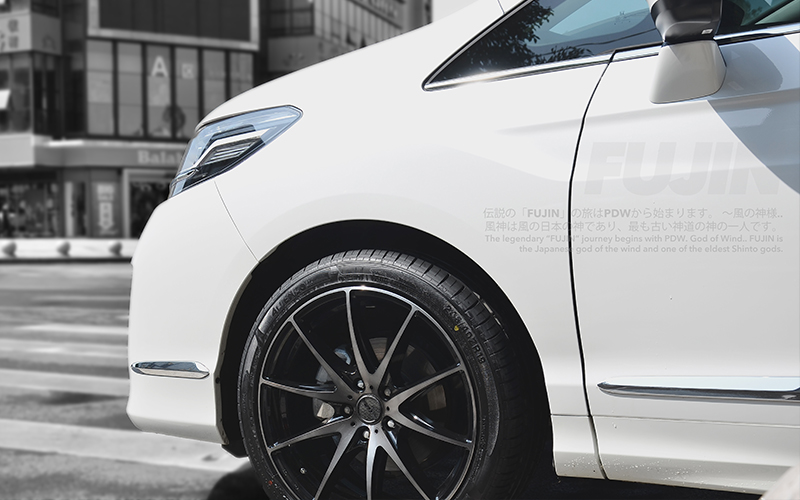
Preventing Rear Wheel Skids
Rear wheel skids can be dangerous and can cause accidents. However, there are ways to prevent them from happening. Here are some tips to prevent rear wheel skids:
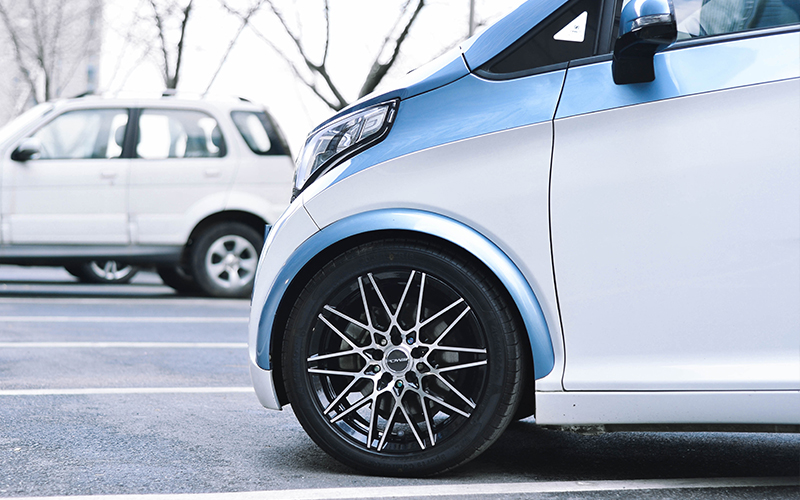
Check Your Tires Regularly
Regular tire maintenance is crucial in preventing rear wheel skids. Make sure to check your tire pressure, tread depth, and overall condition regularly. Tires with low-pressure or worn-out tread can cause your vehicle to lose traction and skid.

Drive Slowly on Wet or Slippery Roads
Wet or slippery roads can increase the chances of rear-wheel skids. To prevent skids, drive slowly and avoid sudden movements such as hard braking or accelerating quickly. Give yourself plenty of time to slow down and stop.
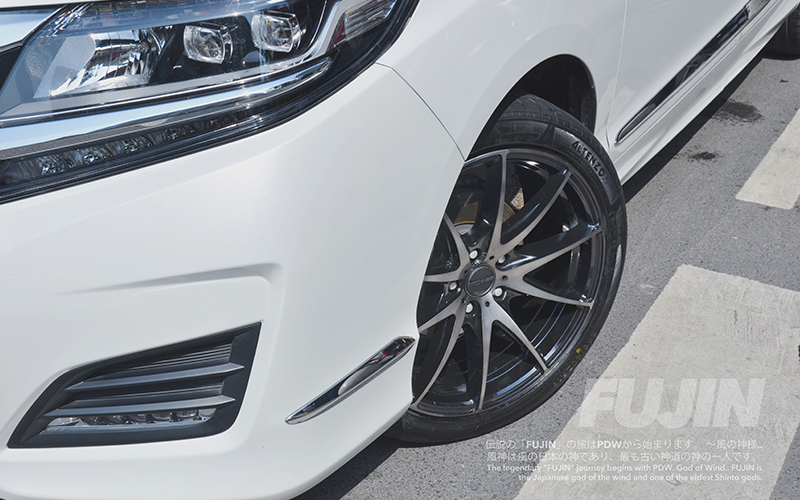
Don’t Overload Your Vehicle
Overloading your vehicle can cause the rear wheels to lose traction and skid. Make sure to follow the manufacturer’s recommended weight limit and distribute the weight evenly in your vehicle.

Maintain a Safe Distance from Other Vehicles
Maintaining a safe distance from other vehicles can prevent rear-wheel skids. If the vehicle in front of you suddenly stops, you need enough space to slow down and stop without losing control of your vehicle.
In conclusion, preventing rear wheel skids is possible by following these simple tips. Regular tire maintenance, driving slowly on wet or slippery roads, not overloading your vehicle, and maintaining a safe distance from other vehicles can help keep you and others safe on the road.
